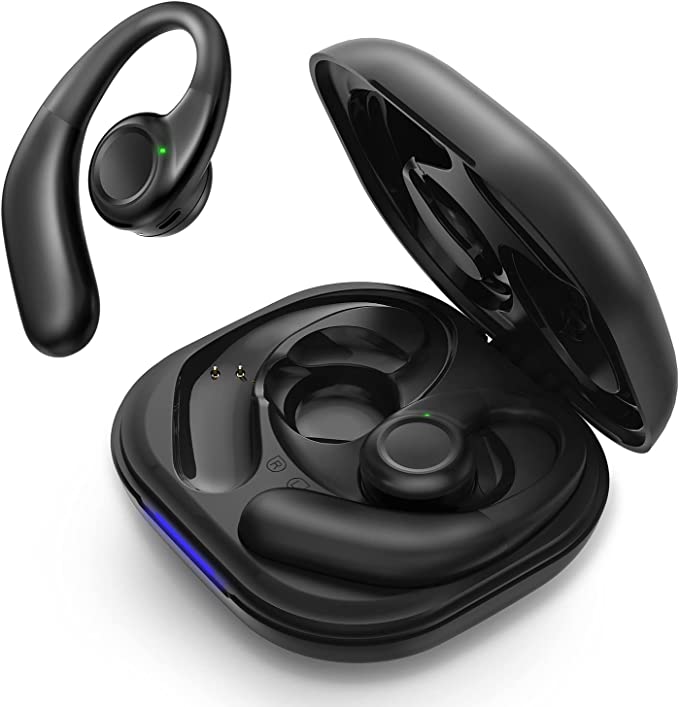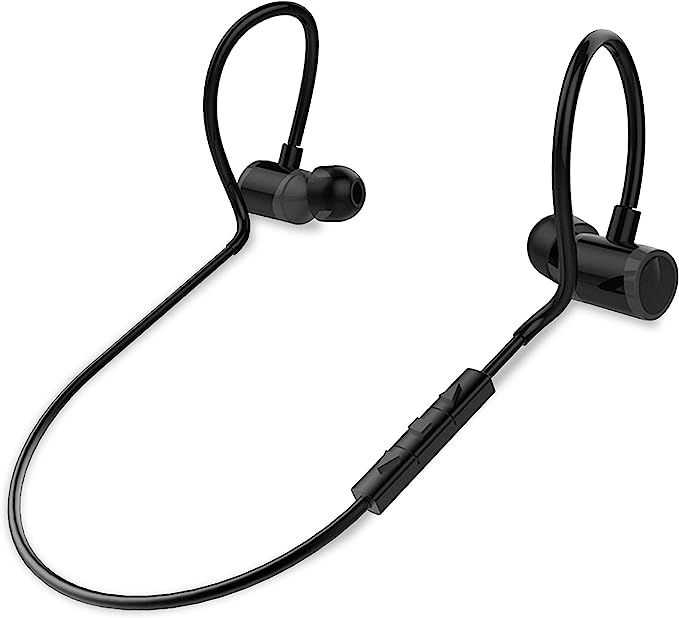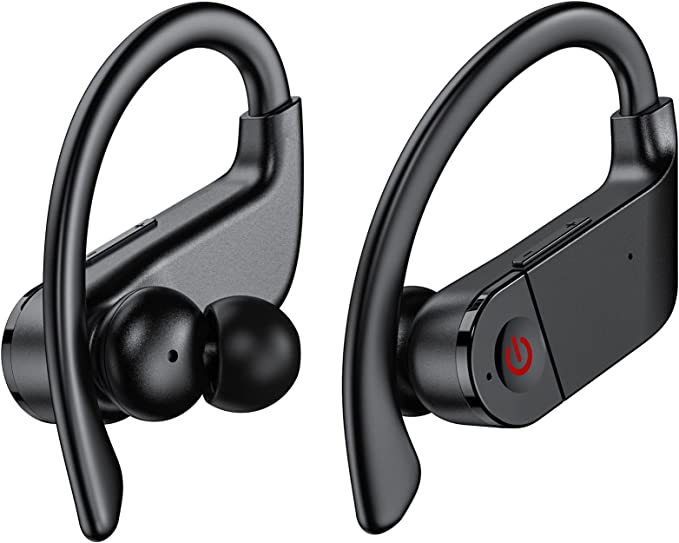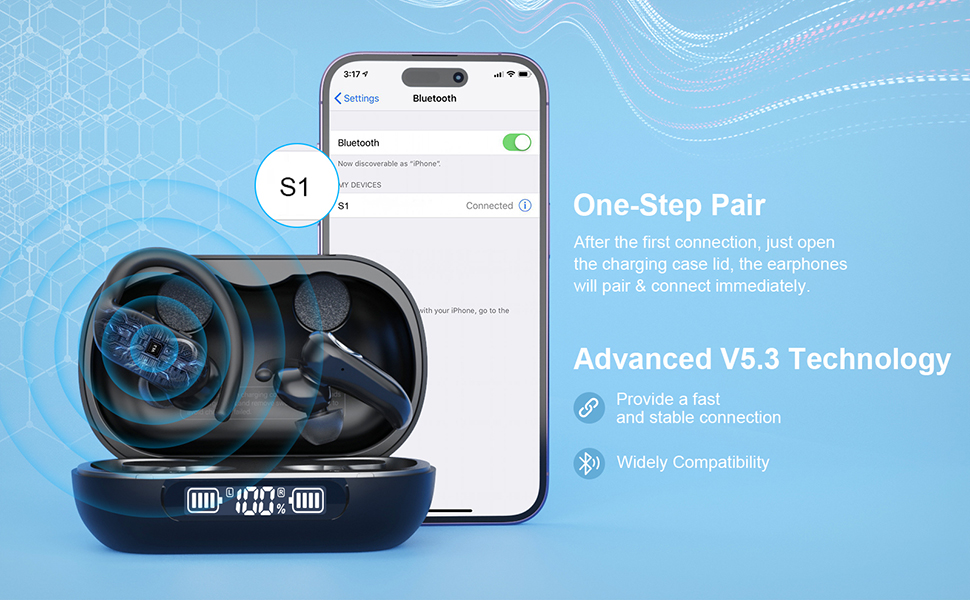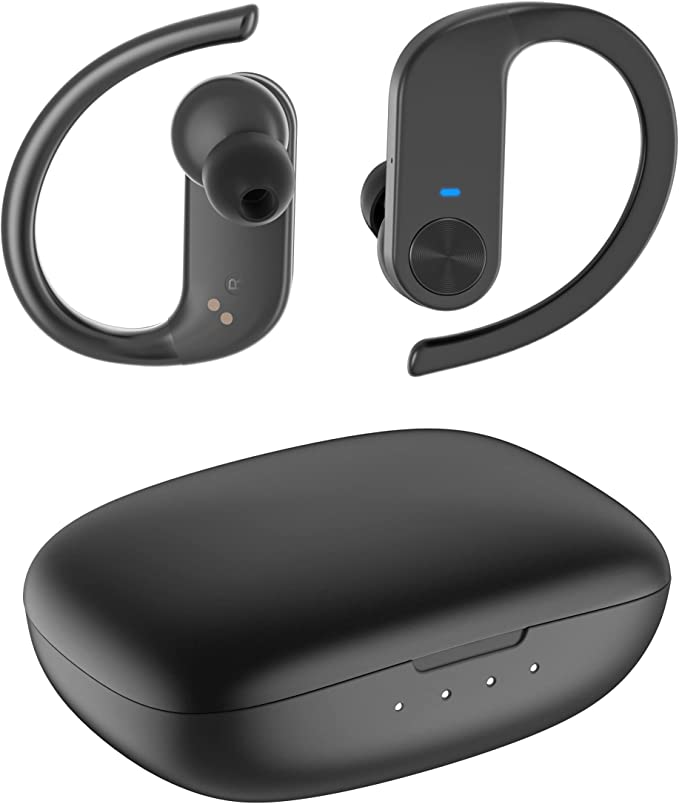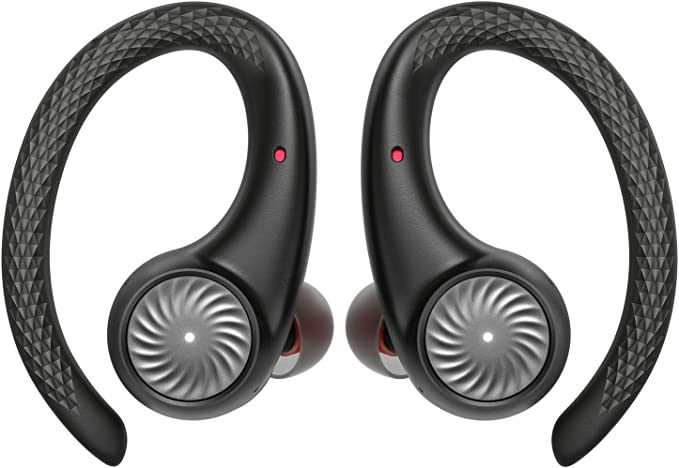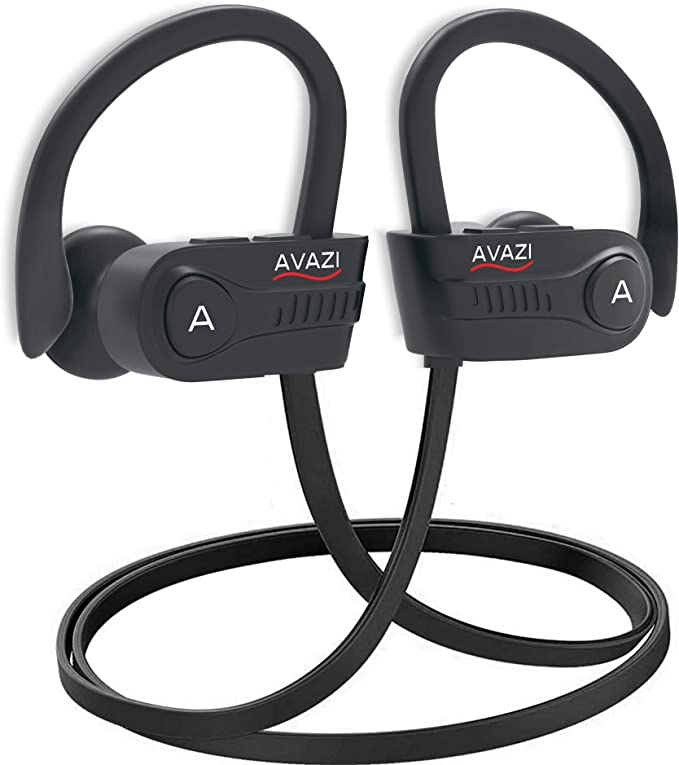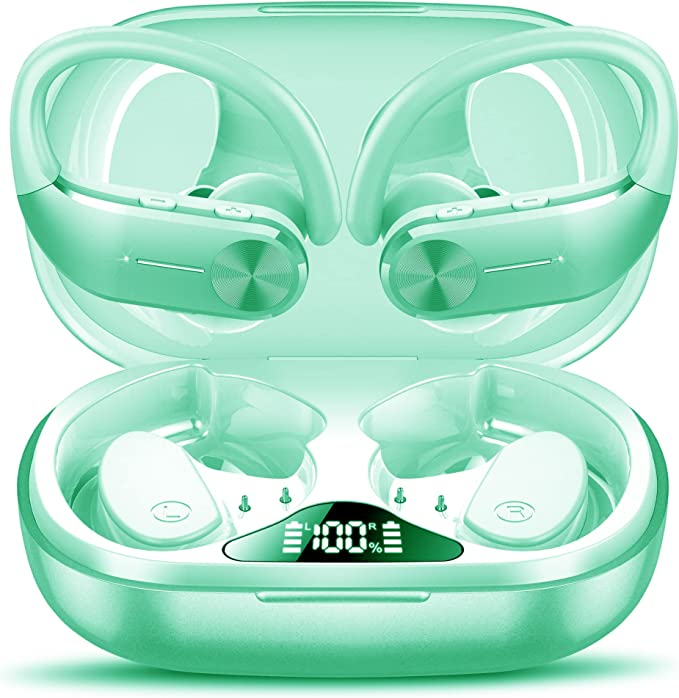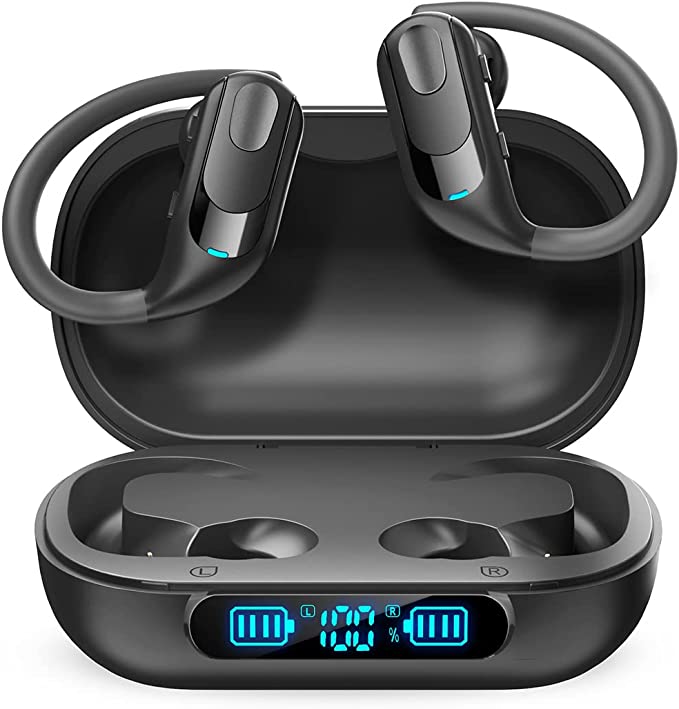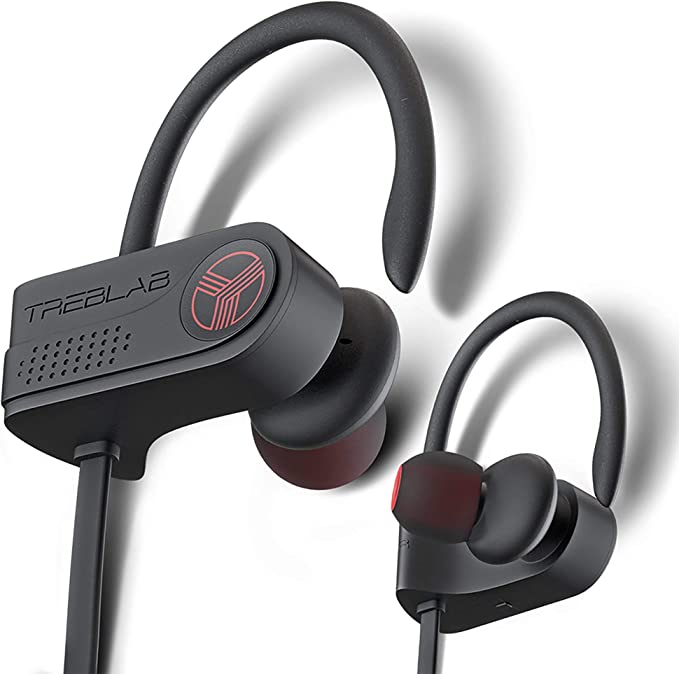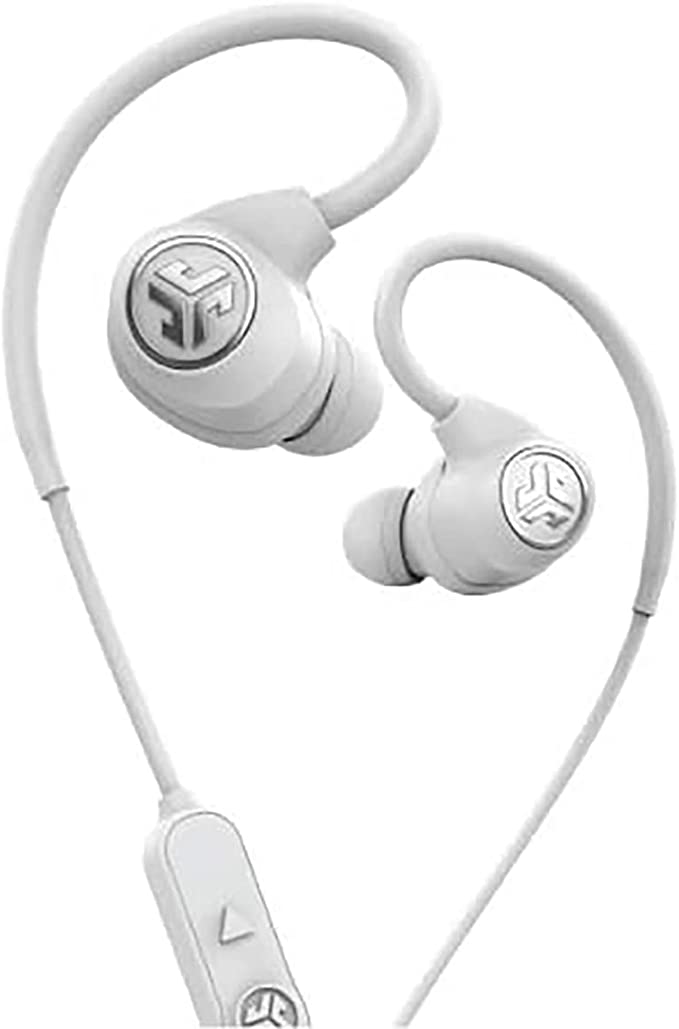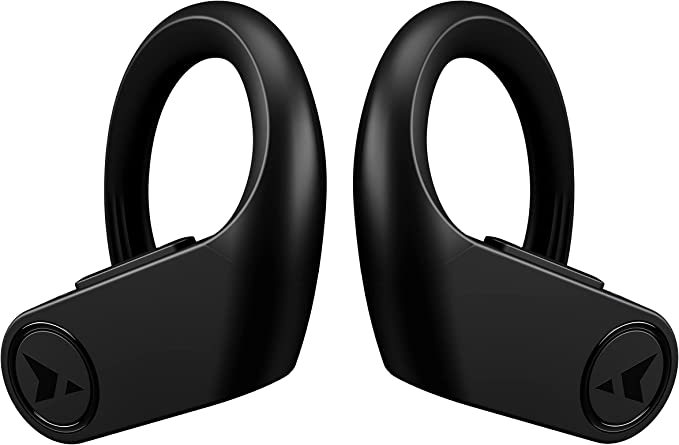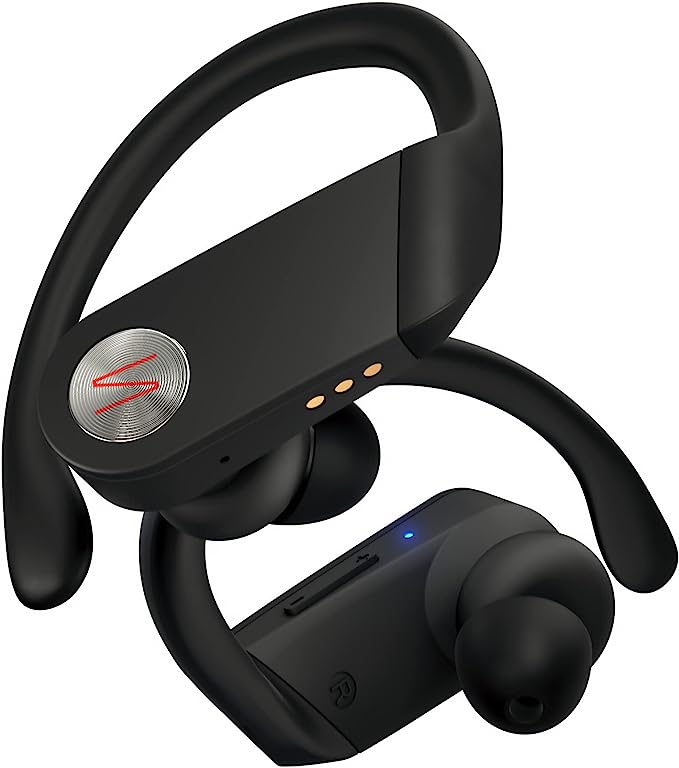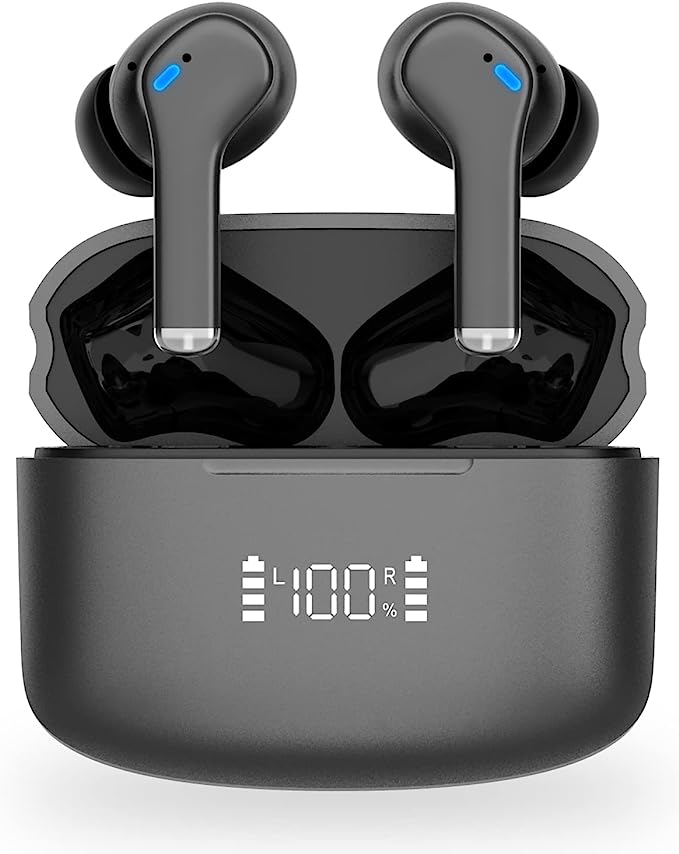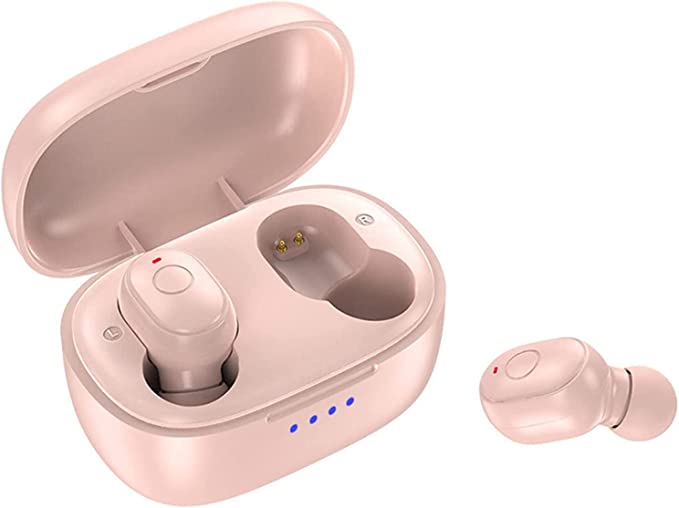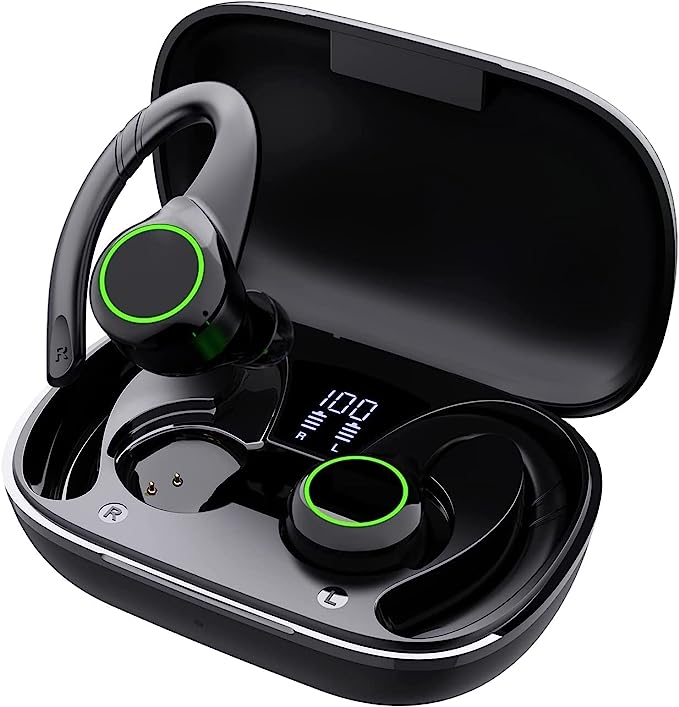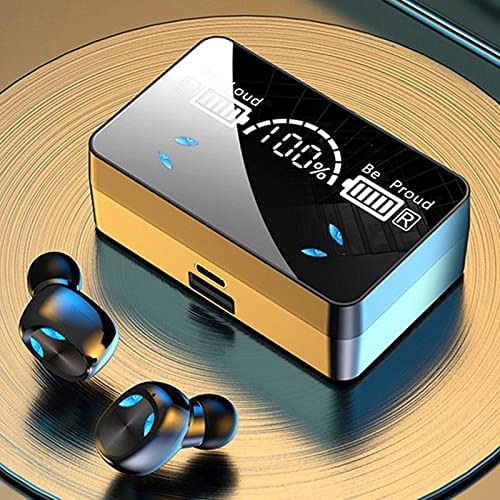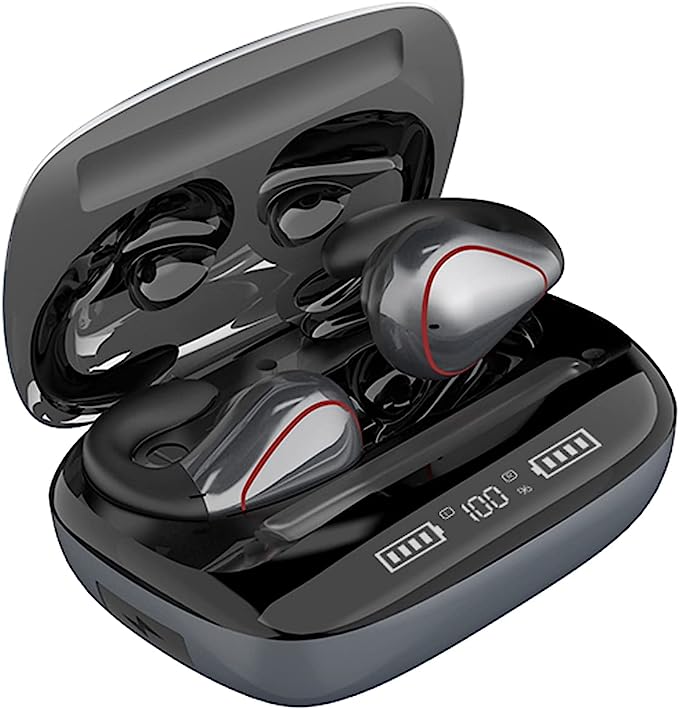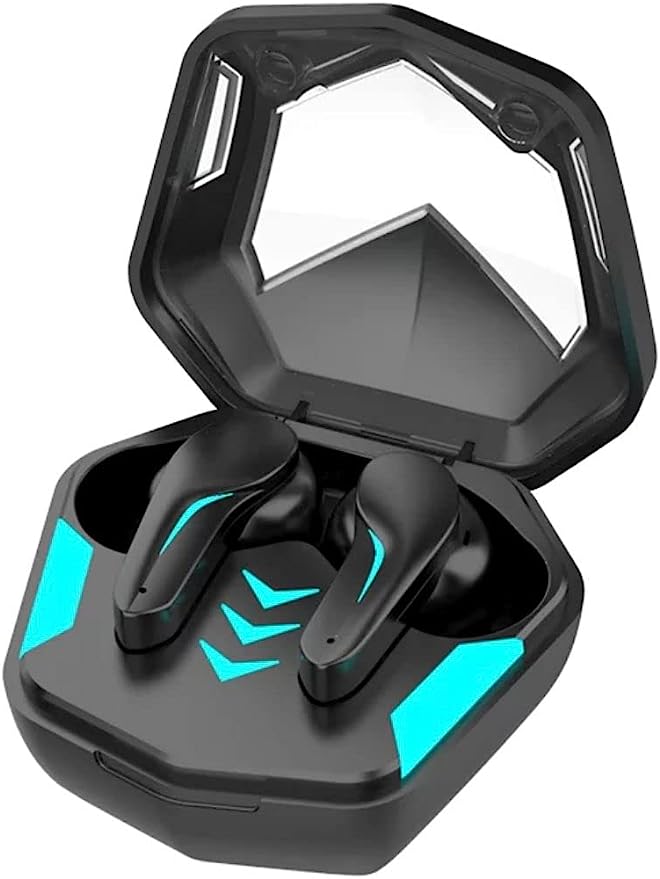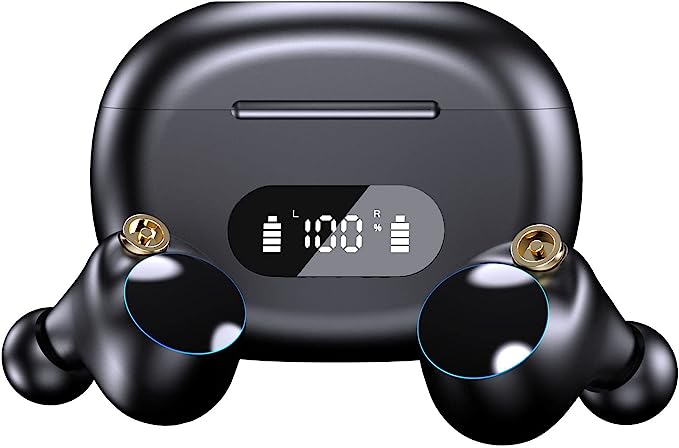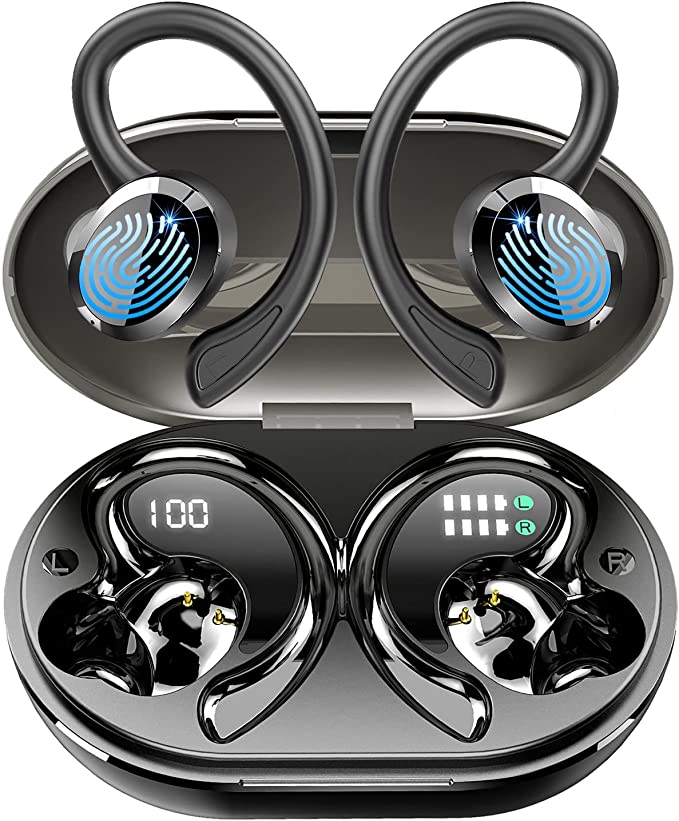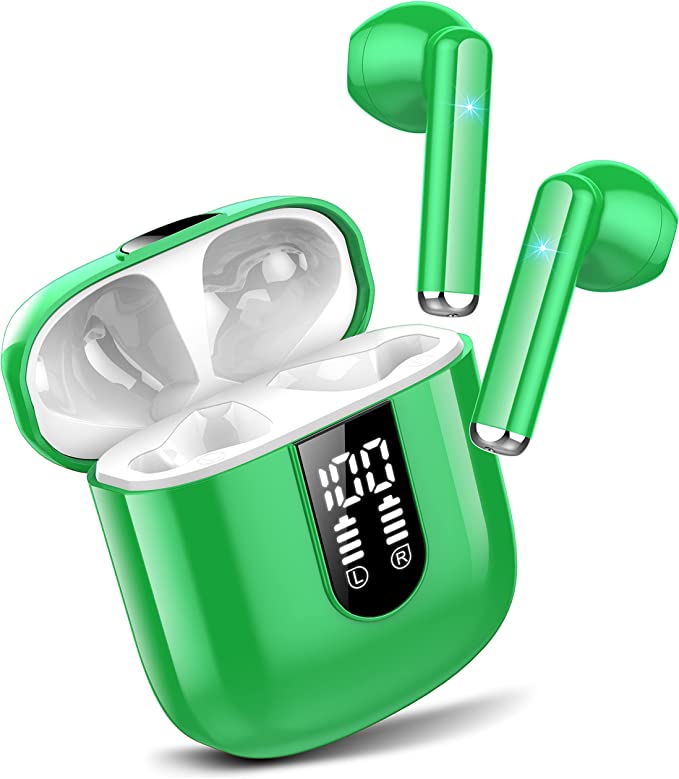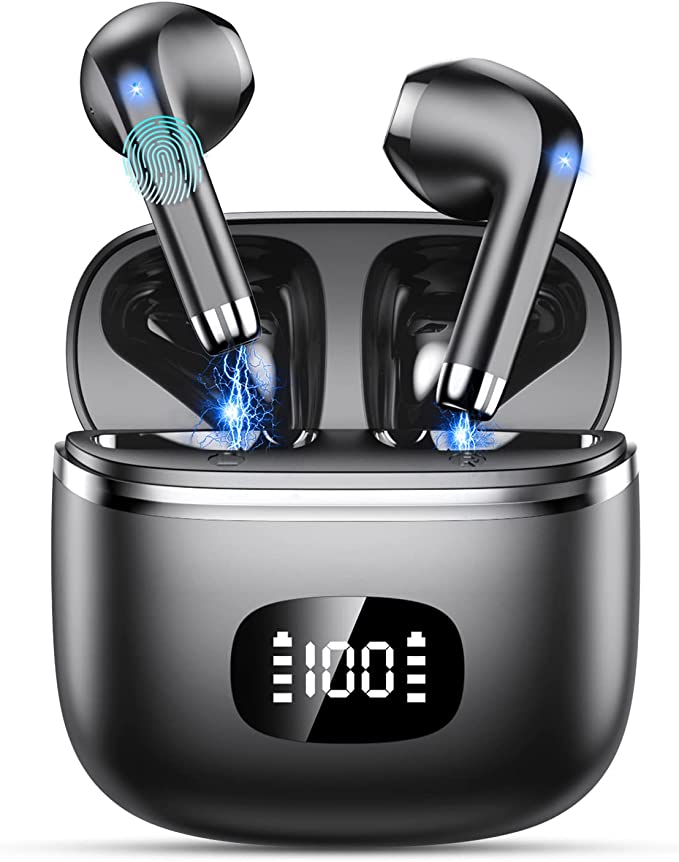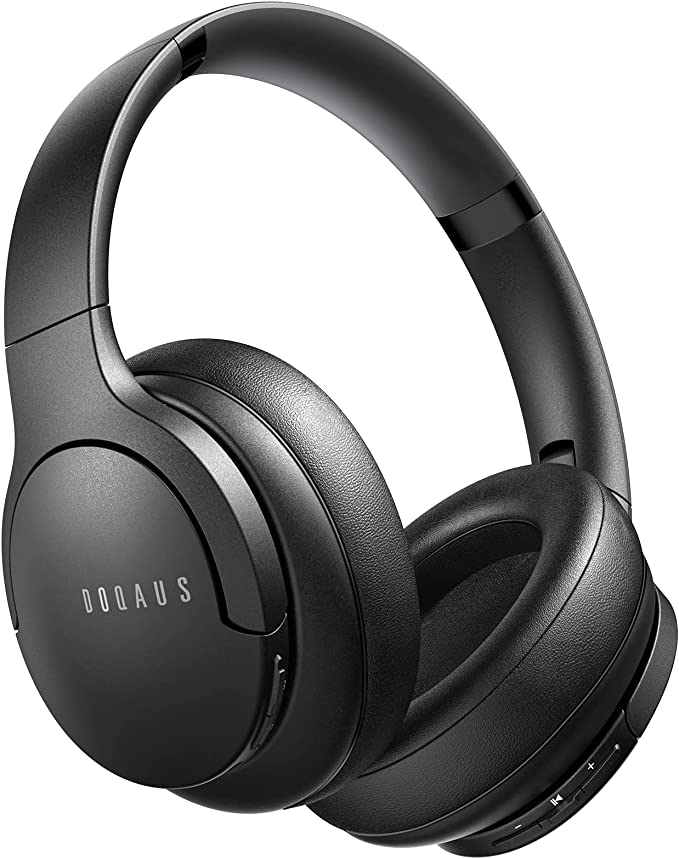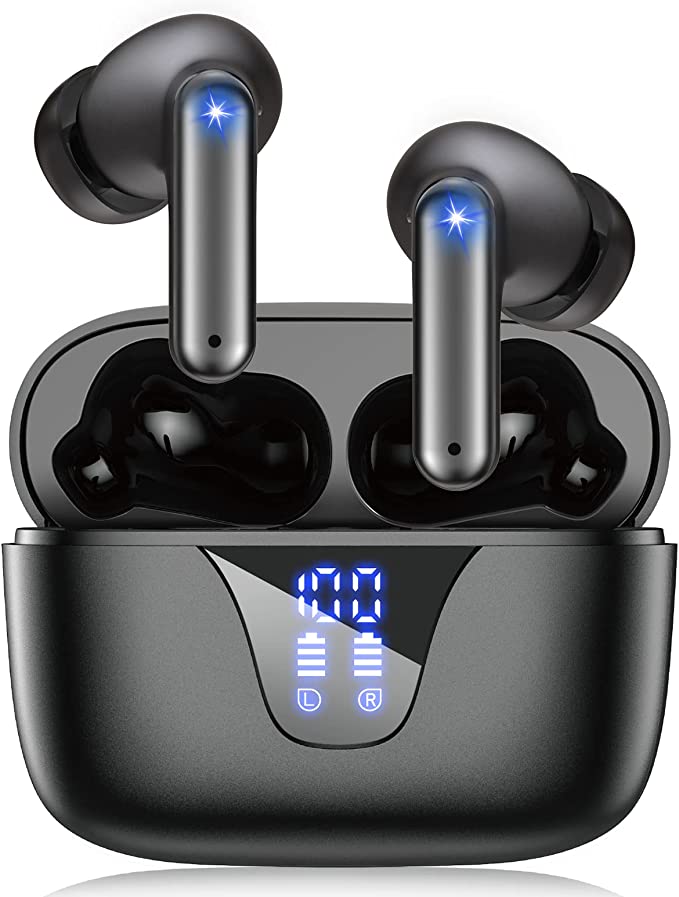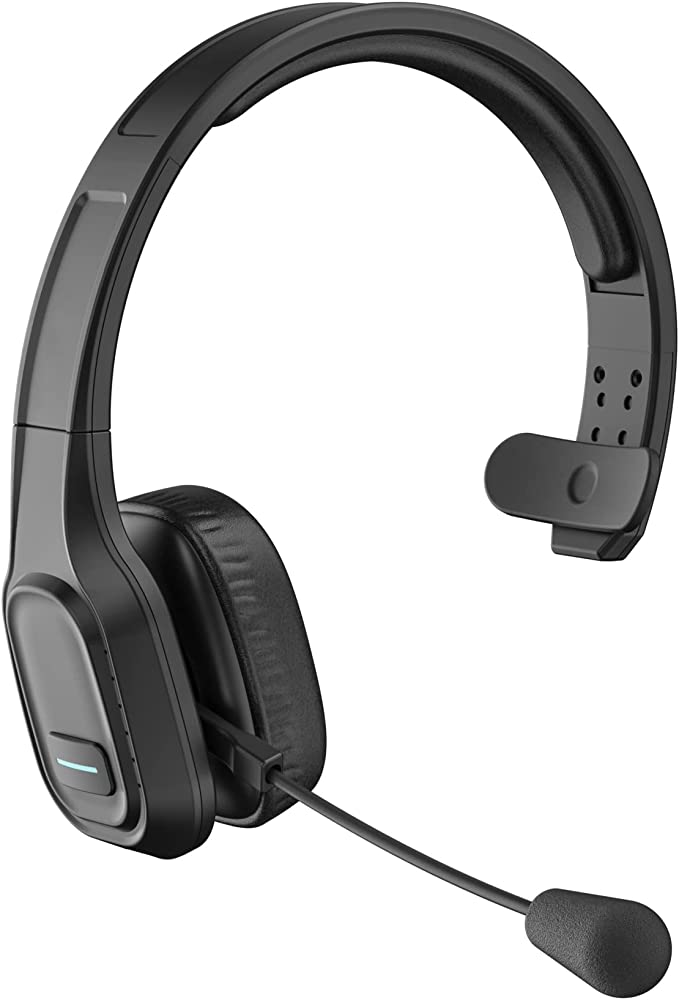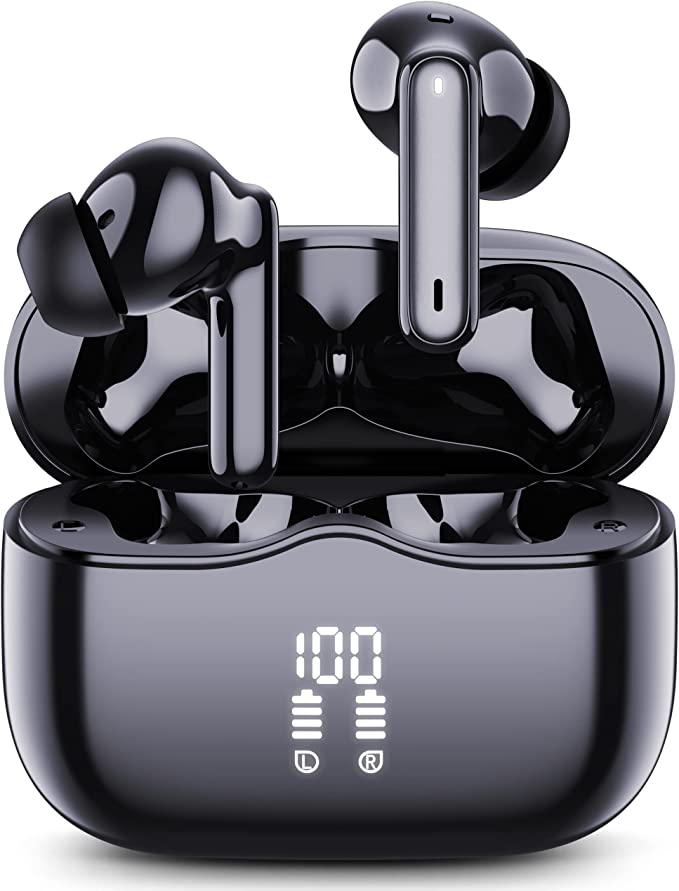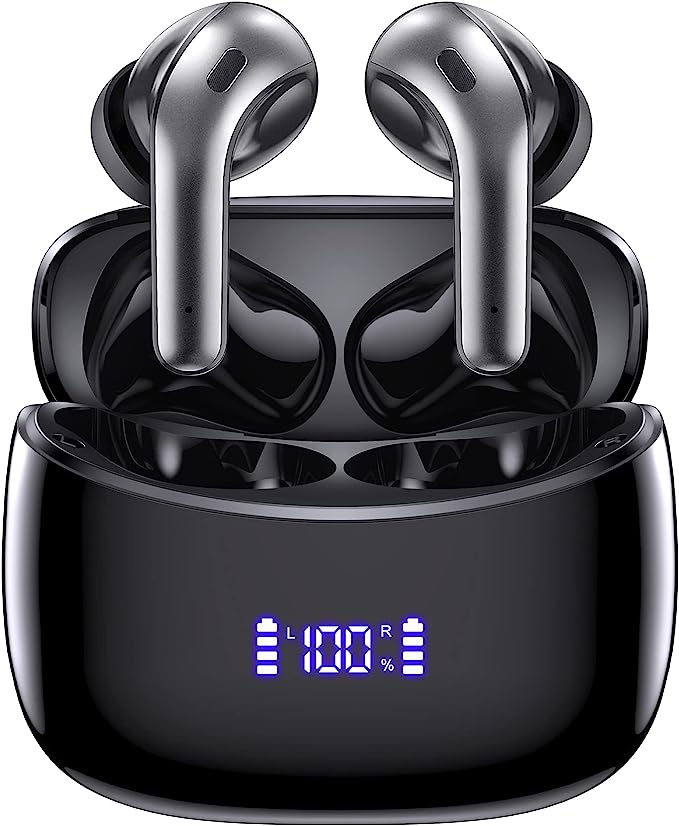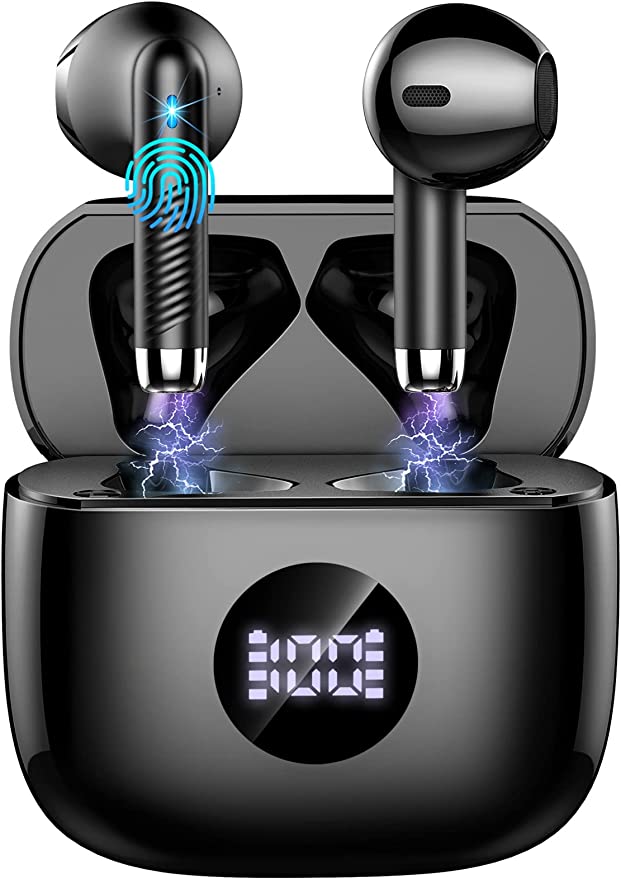CALCINI SweatPro3 True Wireless Earbuds: Immersive Sound for Your Toughest Workouts
Update on Feb. 8, 2025, 1:01 p.m.
Finding the right earbuds for an active lifestyle can be surprisingly tricky. You want great sound, but they also need to stay put during a run, resist sweat and rain, and have enough battery life to last through your longest workouts. Many earbuds on the market claim to do all these things, but understanding the technology behind those claims is key to making an informed choice. Let’s dive into the science and engineering that make the CALCINI SweatPro3 earbuds tick, exploring how they address the specific challenges of sports use.

A Brief History of In-Ear Audio
The quest for portable, personal audio has a long and fascinating history. It’s a journey that began long before the digital age, with roots stretching back to the late 19th century. Imagine bulky, stethoscope-like devices used by telephone operators – a far cry from the sleek wireless earbuds of today! The early 20th century saw the development of more recognizable headphones, often used for radio communication and early audio recordings. These were large, heavy, and far from portable. The invention of the transistor in the mid-20th century was a game-changer, paving the way for smaller, more efficient audio devices. The first truly “in-ear” headphones appeared in the 1980s, but they were still relatively basic, often with poor sound quality and uncomfortable fit. The real revolution came with the rise of digital music and portable MP3 players, which fueled the demand for smaller, better-sounding, and more convenient earbuds. The introduction of Bluetooth technology in the late 1990s marked another major leap, finally cutting the cord and ushering in the era of wireless freedom.

The Science of Sound Reproduction in Miniature
At its core, any earbud (or speaker, for that matter) is a transducer – a device that converts electrical energy into sound energy. This is achieved through the interplay of electromagnetism and mechanics. Here’s how it works:
-
The Electrical Signal: Your music, podcast, or phone call starts as an electrical signal. This signal is an alternating current (AC), meaning it constantly changes direction and amplitude. This fluctuating signal carries the audio information.
-
The Voice Coil: This signal is sent to a small coil of wire, known as the voice coil. In the CALCINI SweatPro3, this coil is made of pure copper. Copper is chosen for its excellent electrical conductivity, minimizing energy loss as the signal travels through the coil.
-
The Magnetic Field: The voice coil sits within a permanent magnetic field, usually created by a neodymium magnet.
-
Electromagnetic Interaction: When the alternating electrical signal flows through the voice coil, it creates its own fluctuating magnetic field. This field interacts with the permanent magnetic field of the magnet.
-
The Diaphragm: This interaction causes the voice coil to vibrate back and forth. The voice coil is attached to a thin, flexible membrane called the diaphragm. As the voice coil moves, it pushes and pulls the diaphragm, creating pressure waves in the air.
-
Sound Waves: These pressure waves are what we perceive as sound. The frequency of the vibrations (how fast the diaphragm moves back and forth) determines the pitch of the sound, and the amplitude (how far the diaphragm moves) determines the volume.
The Importance of Diaphragm Material:
The diaphragm is a crucial component, and its material properties significantly impact sound quality. It needs to be both stiff and lightweight. Stiffness ensures that the diaphragm moves as a single unit, accurately reproducing the electrical signal without flexing and distorting the sound. Lightness allows the diaphragm to respond quickly to changes in the signal, resulting in better high-frequency response and detail. The CALCINI SweatPro3 uses a titanium diaphragm. Titanium is an excellent choice because it has a very high stiffness-to-weight ratio. It’s much stiffer than commonly used materials like plastic, allowing for more precise and detailed sound reproduction, especially in the higher frequencies. The lightweight nature of titanium also means it can react quickly to the electrical signal, resulting in a more responsive and dynamic sound.
The Role of the Voice Coil- Beyond Conductivity:
While copper’s excellent conductivity is its primary benefit in a voice coil, there’s another crucial factor: heat dissipation. As electricity flows through the coil, some energy is inevitably lost as heat. This heat can build up, increasing the coil’s resistance and potentially damaging the earbud. Copper’s high thermal conductivity helps to dissipate this heat more effectively, ensuring consistent performance and longevity.
Digital-to-Analog Converter (DAC): Before the electrical signal even reaches the voice coil, it goes through a critical transformation. Because digital audio files (like MP3s) store sound as a series of numbers, these numbers need to be converted back into a continuous analog electrical signal that can drive the speaker. This is the job of the Digital-to-Analog Converter (DAC). While specifics on the SweatPro3’s DAC aren’t provided, the quality of the DAC significantly impacts the final sound quality. A good DAC will accurately convert the digital information, preserving detail and minimizing distortion.

Conquering the Elements: Waterproofing in Earbuds
For sports earbuds, water resistance is paramount. Sweat, rain, and even accidental splashes can easily damage delicate electronics. That’s where the IP (Ingress Protection) rating system comes in. The CALCINI SweatPro3 boasts an IPX8 rating. Let’s break down what that means:
-
IP: Stands for Ingress Protection. It’s an international standard that defines levels of sealing effectiveness of electrical enclosures against intrusion from foreign bodies (like dust and water).
-
X: The first digit (or ‘X’ if not tested) represents protection against solid particles (dust). The ‘X’ in IPX8 means the SweatPro3 hasn’t been formally tested for dust resistance. However, the tight seal required for waterproofing typically provides good dust protection as well.
-
8: The second digit represents protection against liquids. An ‘8’ is the second-highest rating, indicating protection against continuous immersion in water. Specifically, IPX8 means the device can withstand submersion in water deeper than 1 meter for a specified duration, typically 30 minutes. The exact depth and duration are defined by the manufacturer.
IPX8 in Practical Terms: This means you can sweat heavily during your workouts, run in a downpour, and even rinse off your SweatPro3 earbuds without fear of damage. However, there’s a crucial caveat: Bluetooth signals do not transmit effectively underwater. So, while the earbuds themselves are protected from water damage, you won’t be able to listen to music while swimming.
Limitations of IPX8: While IPX8 is excellent for sweat and rain resistance, it doesn’t mean the earbuds are completely impervious to all liquids. Saltwater, chlorinated water, and soapy water can still potentially damage the earbuds over time. It’s always best to rinse them with fresh water after exposure to these substances.
Staying Put: The Ergonomics of Secure Fit
A secure and comfortable fit is essential for sports earbuds. No one wants to constantly readjust their earbuds during a workout, or worse, have one fall out mid-run. The CALCINI SweatPro3 addresses this with a two-pronged approach:
-
Eartips: These are the soft, silicone tips that fit directly into your ear canal. The SweatPro3 includes four sizes (XS, S, M, L) to accommodate different ear canal sizes. A proper seal is crucial not only for comfort but also for sound isolation, blocking out external noise and improving bass response.
-
Wingtips (or “Earwings”): These are flexible, fin-shaped attachments that tuck into the concha of your outer ear (the bowl-shaped part). They provide additional stability and prevent the earbuds from rotating or falling out, even during vigorous movement. The SweatPro3 includes three sizes (S, M, L) of wingtips.
The Challenge of Universal Fit: Human ears come in a wide variety of shapes and sizes. Achieving a universal fit that’s both secure and comfortable for everyone is a significant engineering challenge. The inclusion of multiple eartip and wingtip sizes is a crucial step in addressing this challenge. The best way to find the right fit is through experimentation. Try different combinations of eartips and wingtips until you find the one that feels most secure and comfortable in your ears.
Wireless Freedom: Understanding Bluetooth Technology
Bluetooth is the wireless communication technology that allows your earbuds to connect to your phone or other devices. It’s a short-range, low-power radio technology that operates in the 2.4 GHz frequency band.
Bluetooth Audio Codecs: When you stream music via Bluetooth, the audio data needs to be compressed to fit within the available bandwidth. This compression is done by a codec (coder-decoder). Different codecs use different algorithms, resulting in varying levels of sound quality and latency (delay). Some common Bluetooth codecs include:
- SBC: The standard, mandatory codec. It’s generally the lowest common denominator in terms of sound quality.
- AAC: Commonly used by Apple devices. Offers better sound quality than SBC.
- aptX: Developed by Qualcomm. Offers near-CD quality sound with lower latency.
- LDAC: Developed by Sony. Offers the highest bitrate and best sound quality, but requires compatible devices.
While the Amazon listing for the CALCINI SweatPro3 doesn’t specify which codec it uses, understanding the concept of codecs is important. The codec used can have a significant impact on the perceived sound quality, even with high-quality drivers.
Bluetooth 5.3: The Latest and Greatest: The SweatPro3 utilizes Bluetooth 5.3, the most recent version of the standard. Compared to earlier versions (like 5.0, 5.1, and 5.2), Bluetooth 5.3 offers several key advantages:
- Lower Latency: Reduced delay between the audio source and the earbuds. This is particularly important for video and gaming, where audio-visual synchronization is crucial.
- Enhanced Connection Stability: A more robust connection, minimizing dropouts and interference, especially in environments with many wireless devices.
- Improved Power Efficiency: Lower power consumption, which translates to longer battery life for both the earbuds and the connected device.
- Enhanced Connection Establishment: Faster and more reliable connection, improve user’s experience.

Powering Your Performance: Battery Life and Charging
Battery life is a constant concern with wireless devices. The CALCINI SweatPro3 claims an 8-hour playtime on a single charge, with the charging case providing an additional three full charges, for a total of 32 hours.
The Challenges of Battery Life: Cramming enough battery capacity into tiny earbuds while maintaining a comfortable size and weight is a significant engineering challenge. Lithium-ion batteries are the standard choice for wireless earbuds due to their high energy density (they can store a lot of energy in a small space).
USB-C Charging: The SweatPro3 case charges via USB-C, the current standard for wired charging. USB-C offers several advantages over older USB standards, including faster charging speeds and a reversible connector (you can plug it in either way).

Controls and Practical Usage Example
The CALCINI SweatPro3 uses touch controls, which are fairly standard on modern wireless earbuds. These controls allow you to manage music playback, answer calls, and adjust volume without having to reach for your phone.
Here’s a quick recap of controls:
* Press 2 seconds: Previous/Next track.
* Double-tap: Pause/Play, Answer/Hang up a call.
* Long press: Reject an incoming call.
* Triple-tap: Volume up/down.
* Press 6 seconds: Manual power on/off.
* Importantly, there’s no single-tap control, minimizing accidental presses.
Here is a typical scenario:
Imagine you’re going for a morning run. You take the SweatPro3 earbuds out of their case, and they automatically power on and connect to your phone. You’ve already selected the right combination of eartips and wingtips for a secure fit. As you start your run, you double-tap the right earbud to start your workout playlist. The music pumps you up, and the secure fit means you don’t have to worry about the earbuds falling out. Even when you encounter a strong headwind, the connection remains stable, and the music doesn’t skip. As you work up a sweat, you’re confident that the IPX8 waterproofing will protect the earbuds. Later, when a call comes in, you double-tap to answer, and the caller’s voice comes through clearly. After your run, you simply place the earbuds back in their case, where they start charging automatically.
Conclusion
The CALCINI SweatPro3 True Wireless Earbuds represent a convergence of several key technologies: miniature speaker design, advanced waterproofing, ergonomic design, and the latest Bluetooth standard. While marketed as sports earbuds, the underlying principles apply to wireless earbuds in general. By understanding the science behind these features, you can make more informed choices about your audio gear and appreciate the engineering that goes into creating a seamless listening experience. The combination of a titanium diaphragm, pure copper voice coil, IPX8 waterproofing, Bluetooth 5.3 connectivity, and a secure, comfortable fit makes the CALCINI SweatPro3 a technologically sound choice for active individuals.

